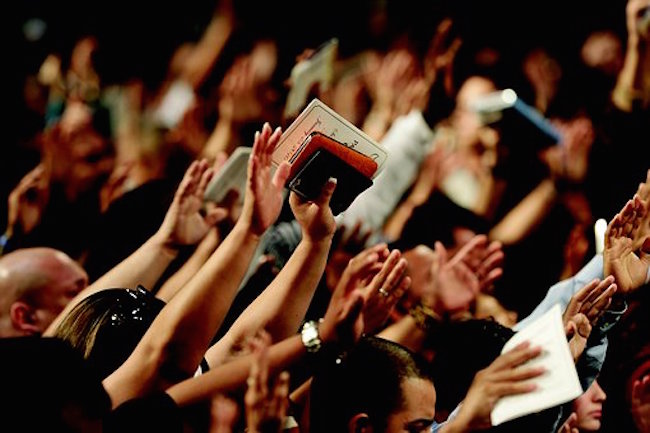Rural America May Need Revival More Than You Think—Is This Kind of Ministry the Answer? by STEPHEN STRANG for Charisma News
There’s a part of the United States that is routinely overlooked when it comes to missions and church planting. And no, I’m not talking about a particular state or city. I’m talking about rural America.
Small towns may be well known for their charm, but Ed Stetzer says our rural friends aren’t doing as well as we might think. In fact, he says that rural America is “perhaps in greater danger of decay and decline than many cities.” So what should pastors do?
I recently spoke with one pastor who is making a real difference in rural America. Dwight Sandoz is the former superintendent of the Nebraska District of the Assemblies of God and current faculty member of Trinity Bible College in Allendale, North Dakota. Sandoz teaches a Master’s of Arts in Rural Ministries, and through his cohort, he equips pastors at the college to minister in rural areas and see real success.
The typical student Sandoz teaches is a pastoral leader, and many times he teaches pastoral couples who co-lead their churches.
“We study on site in a rural church many of the principles of leadership that would be taught in another program or principles of other parts of church life, but it’s done in a rural context,” Sandoz says.
Sandoz shares the story of a pastor from Marysville, Kansas, who took his course seven years ago. At that time, his church was much smaller than it is today. They worked diligently to implement the key things Sandoz taught about making ministry work.
“In a small town, oftentimes, if a church excels at children’s ministry, youth ministry and some of those pieces, it tends to have a good draw and the ability to touch people,” Sandoz says. “This church has grown from a church of less than 150 to a church that averages close to 400 in seven years in a town of just under 3,500 people.”
For more context, the entire county that church was in has a population of about 10,000 people, Sandoz says. That’s a high percentage of reach for a local church in that kind of area. To me, it seems that this means that local church has a stronger ability to make an impact in its community.




